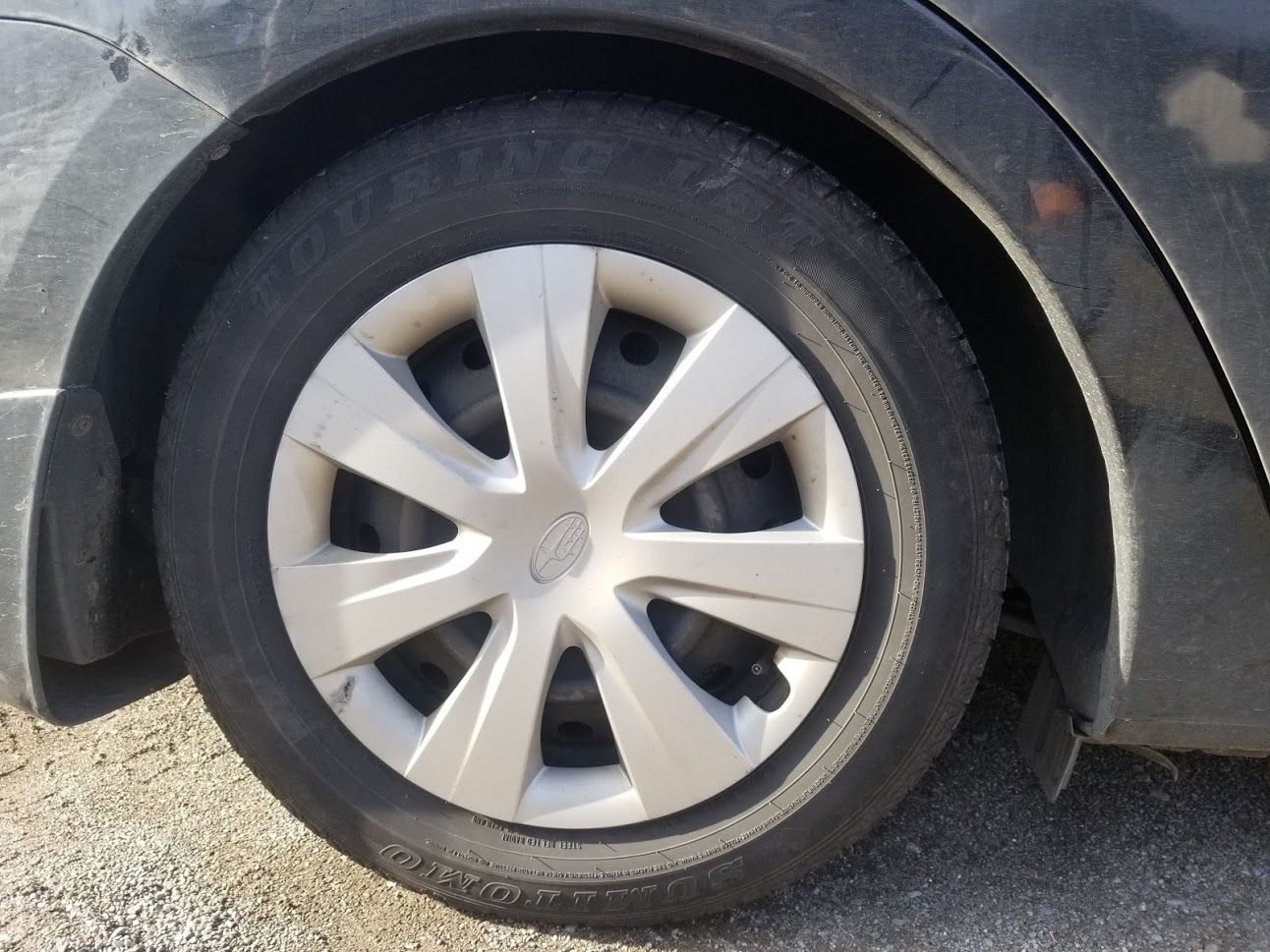If there’s one thing that every person who buys a new car loves to do, it’s brag about the increased fuel economy that his or her ride gets during both city and highway driving. And with the Eco boost and hybrid technology available today, it’s no wonder that someone would flaunt the fact that he or she can travel roughly 40-45 miles per gallon – numbers on par with the mileage of classic subcompacts like the Honda CRX and Chevrolet Chevette.
But unless you regularly shell out $30,000 every few years for a new vehicle, chances are you’ve noticed that your mileage isn’t where it once was when the car first drove off the lot. Although a slight decrease in fuel economy is normal with age, there are a few steps you can take to ensure that your car, truck or SUV gets the best mileage possible.
Step 1: Verify your current mileage
Before you can begin to diagnose the common symptoms that may be limiting your fuel economy, it’s important to first verify the exact mileage that your car receives on any given tank. To do this, reset the trip odometer and fill up your vehicle with the normal grade gasoline that it typically uses. Next, drive around until the tank is virtually empty and divide the exact mileage on the trip odometer with the number of gallons your tank holds to determine average mpg.
Though, it’s important to note that your vehicle’s mpg may differ from that of the original window sticker since the Environmental Protection Agency (EPA) tends to be conservative with its estimates. For an accurate number to compare your hand-calculated average with, visit fueleconomy.gov and enter your vehicle’s specific make, model, engine and transmission.
As long as these two numbers are within one-to-two miles-per-gallon of each other, you’re right where you should be, and no further action is needed. However, if there’s a large difference, it’s time to move to step 2.
Step 2: Keep tires properly inflated
One of the most common reasons for a loss of gas mileage is low tire pressure because it leads to less rolling resistance for the tire, which typically leads to a decrease of 0.4 percent per gallon. In other words, the less air in a tire, the more fuel needed to get you from Point A to Point B.
Although most car tires typically require between 30-35 pounds per square inch (PSI), it’s better to always consult the owner’s manual for the recommended amount, instead of guessing, since over or under inflating can damage the tire and actually decrease mileage.

Temperature can also affect PSI since it’s estimated that pressure can decrease two pounds for every 10 degree drop in temperature. If you live in a tropical climate, you won’t have to worry about this. But if you live in a region where temperature differs greatly throughout the year, you constantly have to check tire pressure.
Step 3: Clean 02 sensors and fuel injectors
If you’ve properly inflated tires and still aren’t getting the gas mileage that your car received when it rolled off the lot, one of the things to check is the fuel injectors and oxygen sensor.
The oxygen sensors in a fuel-injected vehicle, which distribute the proper mixture of air and fuel, can become clogged with carbon deposits, thus not giving the engine the proper amount of fuel needed. In other words, if less fuel makes it into the engine, it won’t run as efficiently.
For more automotive tips, or to have work done on your car, call Andy’s Auto at 412-478-9304 to schedule an appointment.